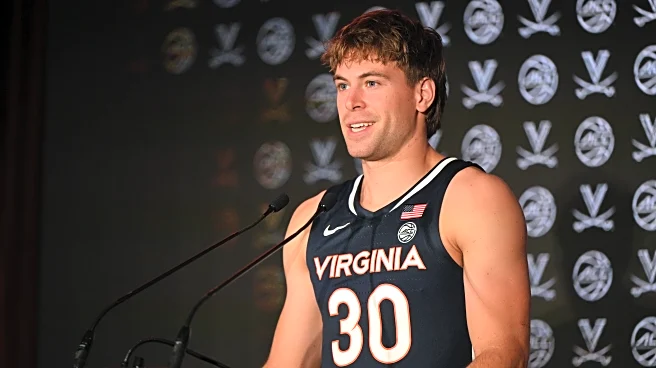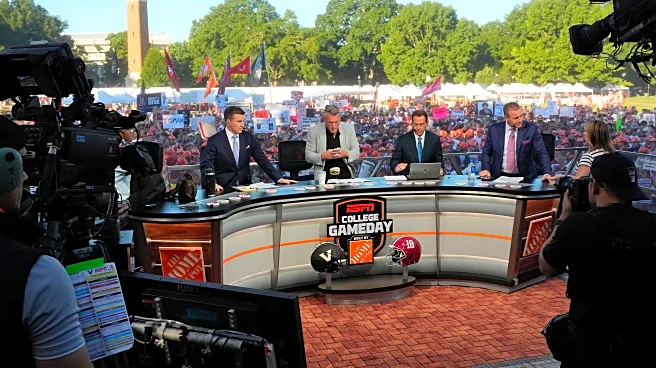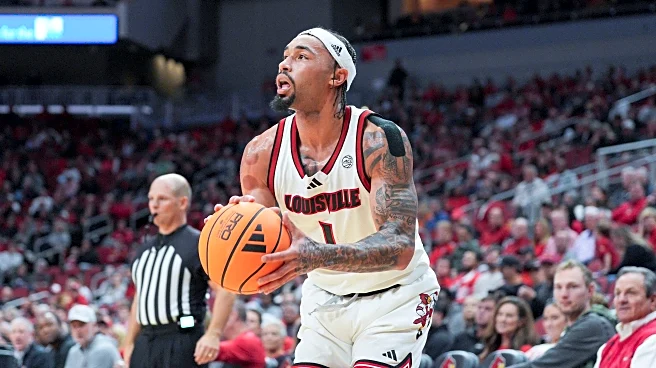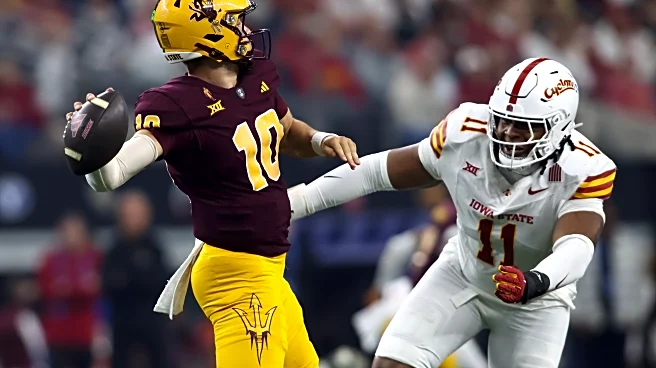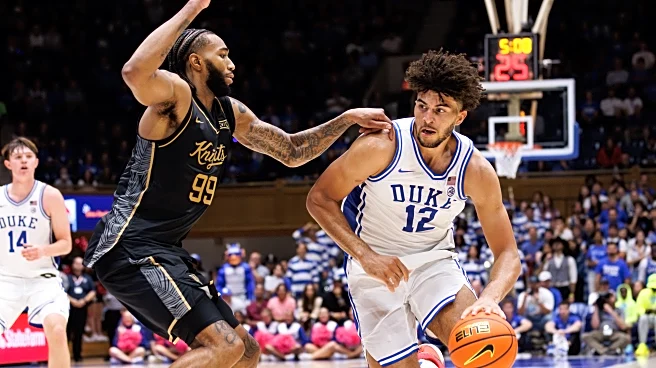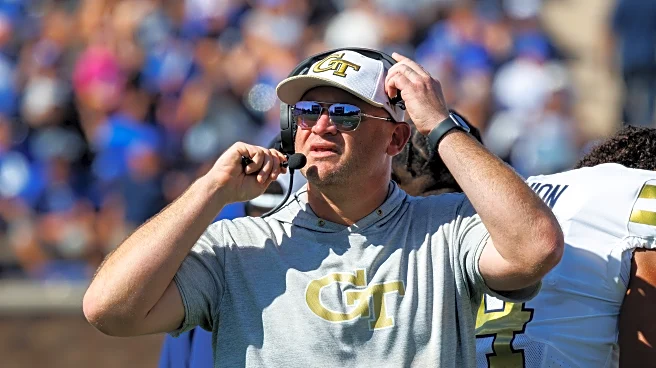As is typical in the transfer portal era of college basketball, Ryan Odom looked all over the country (and beyond) to construct his first roster at Virginia. For the starting point guard spot, he grabbed
Dallin Hall from BYU.
Hall is coming off three similarly looking, productive seasons for the Cougars. He has 100 games and 61 starts under his belt, averaging a career 7.7 points, 4.1 assists, and 2.5 rebounds per game. Hall’s best season came in 2023-24, when he logged a career-best 9.0 points and 5.1 assists per game en route to honorable mention All-Big 12 recognition.
Then, he started to lose playing time to star point guard and top-10 NBA Draft pick Egor Demin. The writing was fully on the wall heading into this season when BYU brought in an even more highly touted freshman in A.J. Dybantsa. Hall proceeded to transfer to UVA, where he will have an optimal role carved out for his skill set.
The Good
A “know your role” guard
Hall will play perfectly within the confines of Odom’s system.
He is a pass-first guard, and one who will make plays and elevate his teammates, which is exactly what is needed when he is surrounded by a walking bucket in Malik Thomas, a pair of international front-court pieces that can score inside and out, and a plethora of shooters.
These types of plays showed up a lot in Hall’s film. He is very sound in the pick-and-roll, displaying excellent body control and feel for the developing play. Here is just a simple two-man game, where Hall catches the tag man over-helping and whips a pass to the roller for the easy dunk.
If Hall needs to be aggressive and get to the rim, he is capable of doing that as well. He has just enough of a scoring ability at each level to keep defenses honest.
An underrated perimeter shot
Hall has a career 35.9% three-point percentage, and was between 35% and 37% in each of his three seasons, so once again, we have a good feel for his true value. His 3.5 attempts per game were not overly high in volume, but they were enough to be a relevant part of his game.
We have also seen some shot creation ability with Hall, as only 58.3% of his three-pointers were assisted.
These are the types of plays that won the BYU fanbase over, and will presumably do the same for the Wahoo faithful. In a big moment, Hall is under control and collected, once again taking advantage of imperfect ball screen coverage, this time with more of a drop coverage look. He creates just enough space with the step back and is able to plant the dagger.
This was far from the only time Hall hit a clutch three in a crunch time for BYU. If the game is on the line and Virginia needs a bucket, Malik Thomas is the obvious first call. There is a legitimate case that Hall falls just behind Thomas, though.
Generally, a sound decision-maker
Despite a couple of head-scratching turnovers in the televised exhibition, Hall is typically reliable with the ball in his hands. More often than not, he will find the open guy.
This play right here is a great example of the subtleties that separate elite passing point guards from most of the pack. Notice how Hall appears to be looking to use the screen to the on-ball defender’s right hip, then swiftly rockets a no-look pass to his teammate in the corner. Not only does the deception throw off the corner defender’s center of balance, but it is in the perfect location to give his teammate the leverage to blow by and get to the rim.
Excellent stuff from the veteran guard. Also, peep the time and the score. Hall is always coming through when it matters most.
The Bad
Turnover prone in certain situations
While Hall makes good decisions with the ball, his relative lack of athleticism could cause him to lose control at times. He struggles particularly with high-pressure defenses. Throughout Hall’s career, he has been good for a turnover or two per game.
Here is a simple example from the Sweet Sixteen game where Hall is unable to get by a more athletic defender and dribbles the ball off his leg out of bounds. A lot of his turnovers are like this, stemming less from reckless passing and more from defenses directly challenging him and making him uncomfortable.
A subpar on-ball defender
While Hall is an adequate defender, he can occasionally prove to be overmatched on this end. His slower feet can be problematic against quicker, more athletic point guards. Furthermore, at 6-foot-4, 200 pounds, he does not always have the luxury of guarding up a position or two.
This Texas Tech game was one of Hall’s worst from a defensive standpoint. You can see him being completely overmatched here, getting backed down in isolation into an easy right-hand jump hook.
Of course, Odom’s insistence on pressing may be able to hide some of Hall’s half-court defensive woes, and maximize his strengths, such as creating steals. Still, it is something to monitor
The Bottom Line
We know exactly what we are getting in Hall: a reliable point guard who will neither average more than ten points per game nor get in the way of the teammate with the hot hand. He will instead provide a steady presence and leadership role for some of his less experienced teammates.
Chance Mallory has more long-term upside and may push into Hall’s minute share as the year progresses. However, as we saw in the scrimmage, the youngster is still mistake-prone and will need time to get comfortable taking on a major role at the power conference college level.
For the upcoming season, Hall and Mallory complement each other well, providing multiple looks at the position. In a macro sense, Hall is the safe short-term solution before the keys get handed over.
